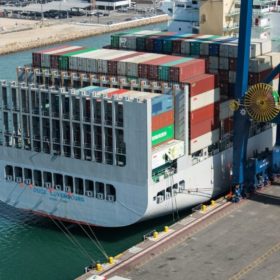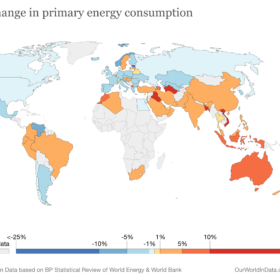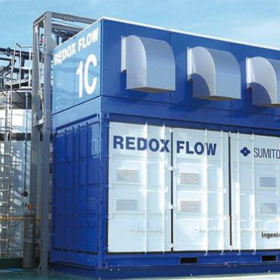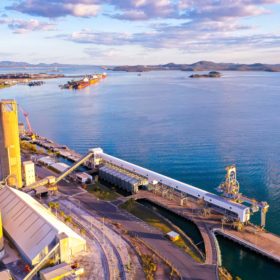Sulphur-based redox flow battery with 15 consecutive hours of runtime
Researchers from Hong Kong have applied a novel charge-reinforced, ion-selective (CRIS) membrane to a polysulfide-iodide redox flow battery they had built in 2016. The redox flow battery showed a capacity decay rate of just 0.005% per day for 1,200 cycles, and a lifetime with over 2,000 hours’ cycling, which the academics said corresponds to approximately three months.
Biden’s US ban on solar imports from China’s Xinjiang province stirs strong reactions
The Biden Administration’s decision to ban solar imports from four Xinjiang-based polysilicon manufacturers, Hoshine Silicon, Daqo, East Hope, and GCL New Energy Material, has already raised concerns. One analyst warns of a “significant negative impact” across the U.S. solar industry.
PV-driven air conditioner coupled with ice thermal storage
Researchers in China have built a PV-powered air conditioner that can store power through ice thermal storage. The performance of the system was evaluated considering operating efficiency and stability and the scientists found that a device relying on a variable-speed compressor and an MPPT controller showed very good ice-making capability.
Risen Energy makes $13.35 billion move into Southeast Asia
China-based Risen Energy is expanding its global footprint, the solar PV manufacturer and project developer announcing plans to construct a $13.35 billion mega production facility in Malaysia.
‘World’s cheapest wafer’ maker plans 2 GW Indian fab
The American business is looking for module manufacturing partners as it plans to bring its ‘direct wafer’ production technique to India. The company uses molten silicon to form wafers rather than sawing ingots, thus eliminating dust waste and speeding up the process.
Asia Pacific to hit $1.7 trillion in renewable investments by 2030 but Australia’s to fall 60% before then: Woodmac
Investments in solar and wind in the Asia Pacific could double over the next decade compared to 2011 – 2020, hitting AU$1.7 trillion, according to new analysis by Wood Mackenzie.
Malaysian green hydrogen project opts for Perth-based flow batteries
Perth-based TNG Limited has signed an agreement with Malaysian green hydrogen company AGV Energy which will see its vanadium redox flow batteries integrated into the HySustain project to store solar energy for green hydrogen production.
Jinko and JA Solar to invest $130m in 100,000 tonne polysilicon fab
The two solar manufacturers will get priority access to polysilicon produced at the planned fab in Inner Mongolia, which developer Xinte Energy has said will be fully operational by June 2023.
JinkoSolar, Longi, JA Solar claim 182mm modules offer lowest LCOE for utility scale solar
In a white paper, the three Chinese module manufacturers have reiterated the well-known refrain “bigger is not always better.” Experts from the three companies compared the BoS costs of 182mm-wafer-based modules and 210mm products, and found that the former have a slight advantage in racking, foundation, and land costs.
WoodMac forecasts Australia’s low-carbon hydrogen export revenue to reach US$90 billion by 2050
Wood MacKenzie’s energy transition modelling is predicting a primacy in the future low-carbon hydrogen economy for Australia. Thanks to the country’s solar irradiance and renewable energy expertise, as well as its relative proximity to major off-taker markets, Australia could be looking at export revenues of up to US$90 billion by 2050.














